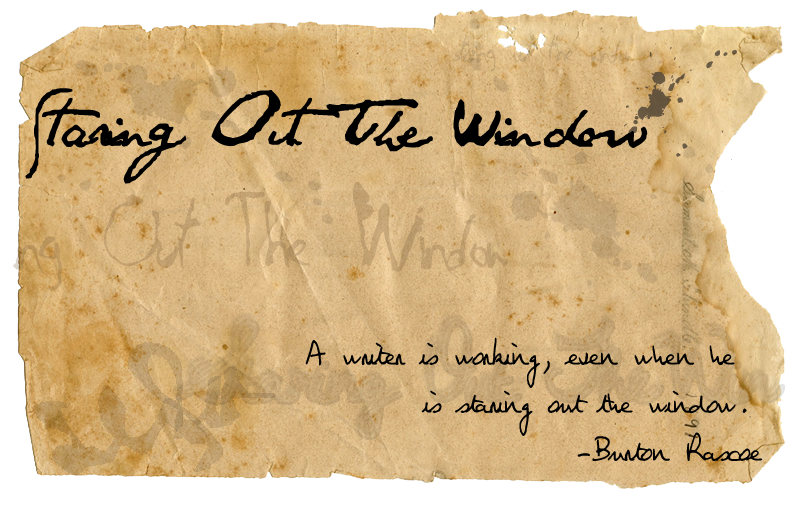When I first moved to Nevada
Luckily, we made it out without incident, and I immediately went home and started researching rattlesnakes. Just the word ‘rattlesnake’ made me cringe, and I needed to know if they were really as bad as all that. I discovered, well, yes and no.
Of the thirty two different kinds of rattlesnakes that exist, of course, one of the most dangerous lives in my area: the Mojave rattlesnake. They don’t lay eggs like most snakes, they have live births. The babies are born with fully functioning fangs and venom and are capable of killing at birth. Older, bigger snakes have more potent venom and a larger storage capacity, but they do have a little self control. The young ones know no better than to bite and release their entire load. In other words, even the newborns are very dangerous.
The venom rattlesnakes release destroys tissue, causes internal bleeding and intense pain. The Mojave venom, additionally, can cause severe paralysis, which comes in handy when it’s time for them to eat. They bite, the prey is paralyzed and they ingest their food head first, flesh and bone.
Rattlesnakes have “heat vision” and basically can sense heat signatures from great distances. In fact, they can detect the heat of a candle from thirty feet away. So, yes, they know where you are, even if you don’t know where they are.
If you happen to be a small animal, your chances of surviving a rattlesnake attack are pretty slim. But what about humans? Few die, only because most are smart enough to immediately get to a hospital for anti-venom, but there are always those who think they are such badasses that they can tough it out, suck it out (wrong) or just let the venom pass. RIP suckers. But even though survival rates are high, it does hurt like hell.
But here is my defense of the rattlesnake. I’ve now lived here for sixteen years and have yet to see a live one, although I’ve heard them many times. They aren’t that interested in humans, because they can’t eat them, and basically just want you to get out of their way. Nice little creatures that they are, they warn you that they are around by shaking their rattled tail up to sixty times per second (!). So if you are smarter than a rock, you can turn and walk, or run, the other way. And you should take that warning.
In my upcoming novel, Ragtown, the Mojave Rattlesnake has a distinct presence. Most of my characters are smarter than rocks; but there are a few who think they are badasses...

